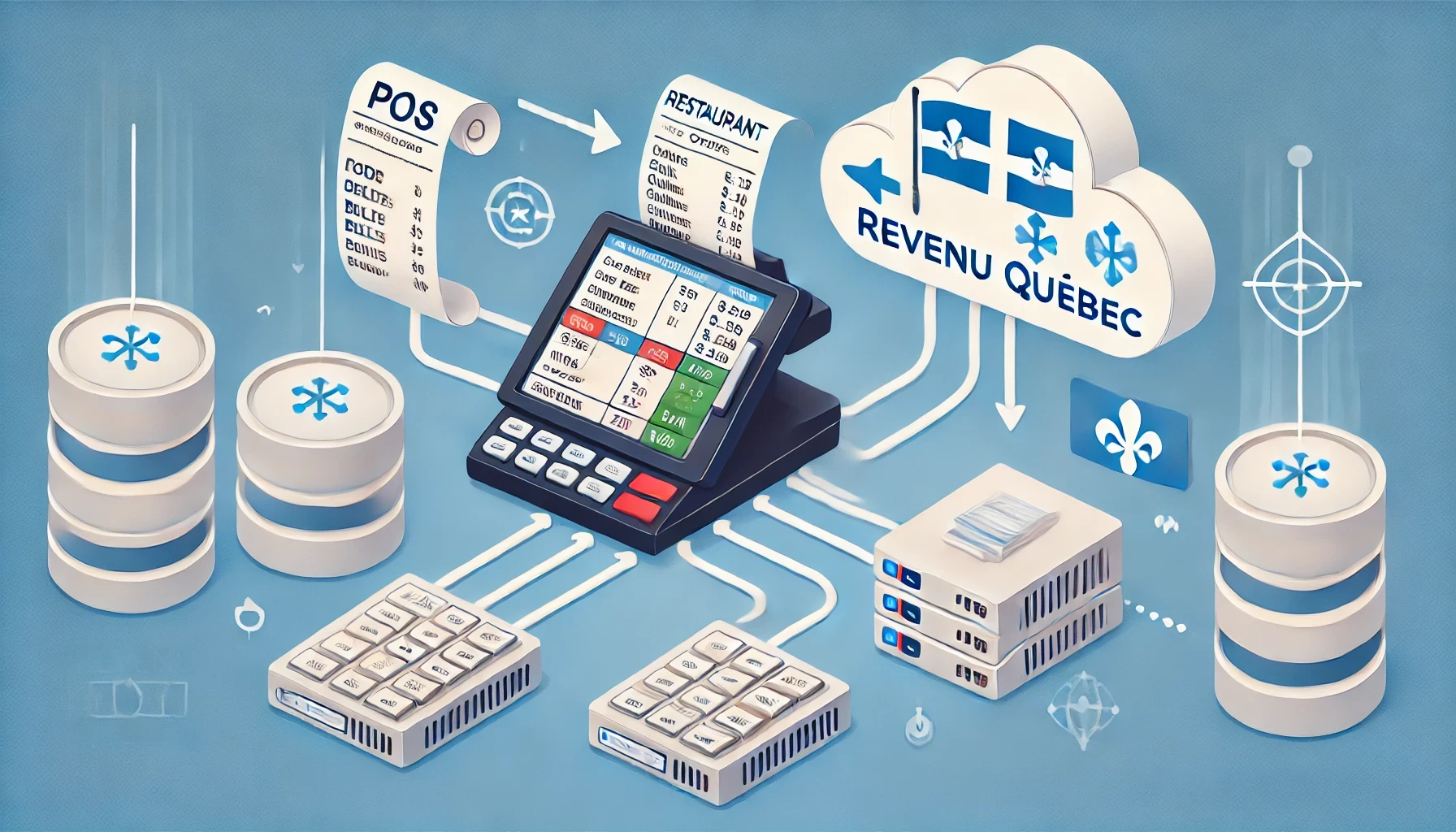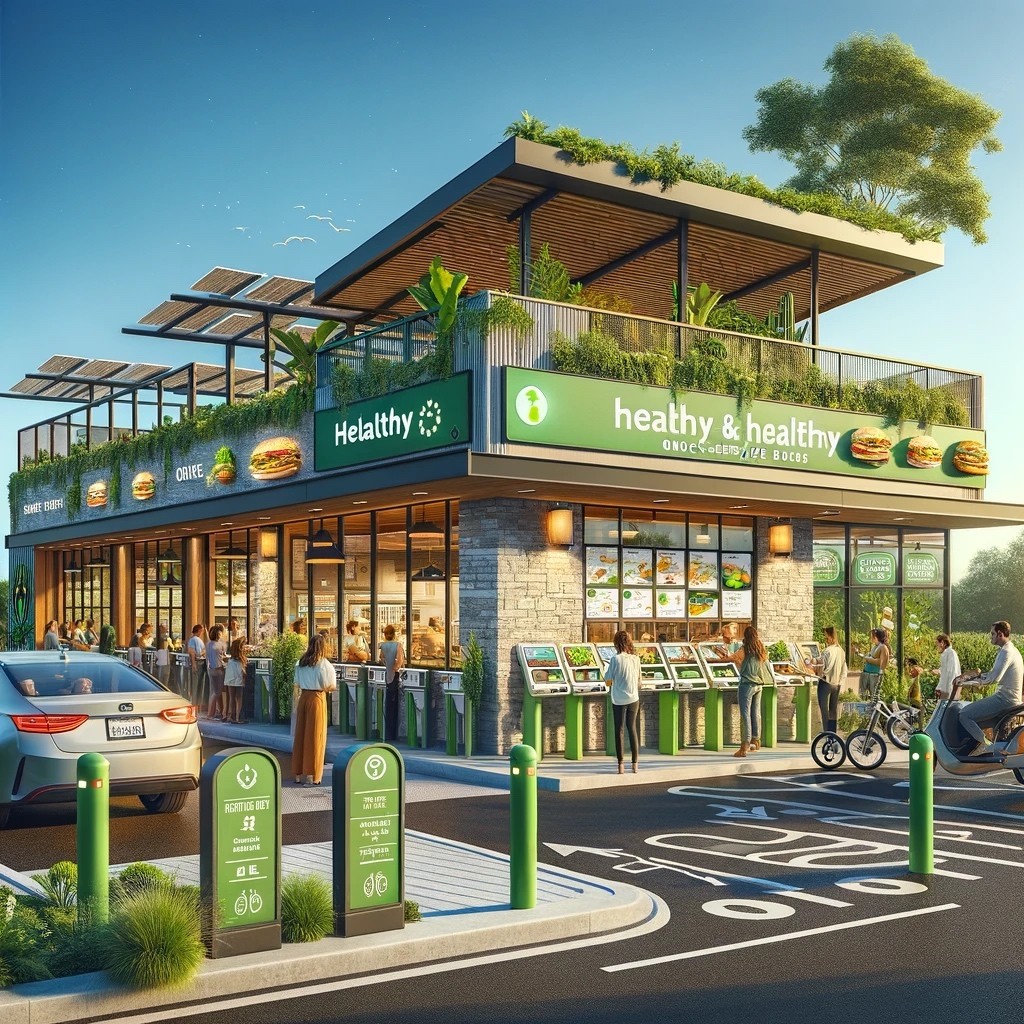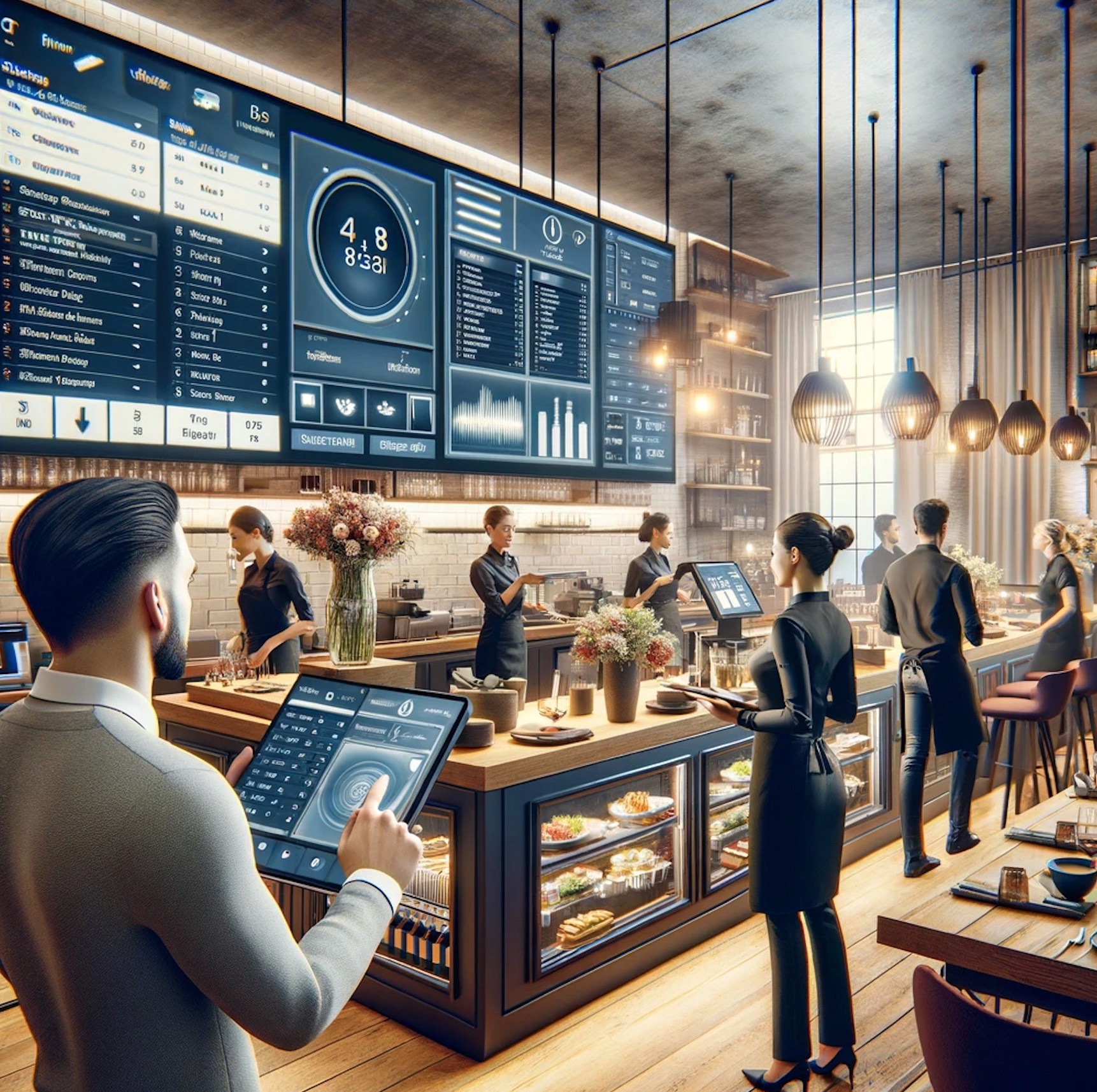Customers
Ressources
Customers
Ressources
Blog
Resources For Restaurant Owners
Articles, guides, templates, and more to help you grow your business.
POS Software
Franchise
Company News
Fast-Casual
Search

Guide to Restaurant POS Systems (2025 Edition)
Guide to Restaurant POS Systems (2025 Edition)
POS Software

Square POS and Quebec’s WEB-SRM: How to Comply
Square POS and Quebec’s WEB-SRM: How to Comply
POS Software

Quebec's Bill 72 Law: New Tipping Rule Update Requires Pre-Tax Tip Calculations
Quebec's Bill 72 Law: New Tipping Rule Update Requires Pre-Tax Tip Calculations
POS Software
Payment Processing

MYR Wins 2025 Awards for Ease of Use, Features & Support
MYR Wins 2025 Awards for Ease of Use, Features & Support
Company News

MYR POS is WEB-SRM certified!
MYR POS is WEB-SRM certified!
POS Software
Company News

Quebec QSR Compliance: Choosing a POS for WEB-MEV (SRM) Integration
Quebec QSR Compliance: Choosing a POS for WEB-MEV (SRM) Integration
POS Software
Articles

Navigating Quebec's Legal Landscape for QSR Franchising
Navigating Quebec's Legal Landscape for QSR Franchising
Articles
Franchise

Efficient Operations in Fast-Food: Lessons from McDonald’s
Efficient Operations in Fast-Food: Lessons from McDonald’s
Articles
Franchise

Franchises Wanted: Secondary Markets Now Open for Expansion After Remote Work Surge
Franchises Wanted: Secondary Markets Now Open for Expansion After Remote Work Surge
Articles
Franchise

Future-Proofing Your QSR Franchise: Optimizing Tech for Growth
Future-Proofing Your QSR Franchise: Optimizing Tech for Growth
POS Software
Franchise

What is a Quick-Service Restaurant Franchise?
What is a Quick-Service Restaurant Franchise?
Franchise
Articles

Brewing Success: A Guide to Starting a Coffee Franchise
Brewing Success: A Guide to Starting a Coffee Franchise
Articles
Franchise
Coffee Shops
Load More
Search

Guide to Restaurant POS Systems (2025 Edition)
Guide to Restaurant POS Systems (2025 Edition)
POS Software

Square POS and Quebec’s WEB-SRM: How to Comply
Square POS and Quebec’s WEB-SRM: How to Comply
POS Software

Quebec's Bill 72 Law: New Tipping Rule Update Requires Pre-Tax Tip Calculations
Quebec's Bill 72 Law: New Tipping Rule Update Requires Pre-Tax Tip Calculations
POS Software
Payment Processing

MYR Wins 2025 Awards for Ease of Use, Features & Support
MYR Wins 2025 Awards for Ease of Use, Features & Support
Company News

MYR POS is WEB-SRM certified!
MYR POS is WEB-SRM certified!
POS Software
Company News

Quebec QSR Compliance: Choosing a POS for WEB-MEV (SRM) Integration
Quebec QSR Compliance: Choosing a POS for WEB-MEV (SRM) Integration
POS Software
Articles

Navigating Quebec's Legal Landscape for QSR Franchising
Navigating Quebec's Legal Landscape for QSR Franchising
Articles
Franchise

Efficient Operations in Fast-Food: Lessons from McDonald’s
Efficient Operations in Fast-Food: Lessons from McDonald’s
Articles
Franchise

Franchises Wanted: Secondary Markets Now Open for Expansion After Remote Work Surge
Franchises Wanted: Secondary Markets Now Open for Expansion After Remote Work Surge
Articles
Franchise

Future-Proofing Your QSR Franchise: Optimizing Tech for Growth
Future-Proofing Your QSR Franchise: Optimizing Tech for Growth
POS Software
Franchise

What is a Quick-Service Restaurant Franchise?
What is a Quick-Service Restaurant Franchise?
Franchise
Articles

Brewing Success: A Guide to Starting a Coffee Franchise
Brewing Success: A Guide to Starting a Coffee Franchise
Articles
Franchise
Coffee Shops
Load More
POS Software
Franchise
Company News
Fast-Casual
Search

Guide to Restaurant POS Systems (2025 Edition)
Guide to Restaurant POS Systems (2025 Edition)
POS Software

Square POS and Quebec’s WEB-SRM: How to Comply
Square POS and Quebec’s WEB-SRM: How to Comply
POS Software

Quebec's Bill 72 Law: New Tipping Rule Update Requires Pre-Tax Tip Calculations
Quebec's Bill 72 Law: New Tipping Rule Update Requires Pre-Tax Tip Calculations
POS Software
Payment Processing

MYR Wins 2025 Awards for Ease of Use, Features & Support
MYR Wins 2025 Awards for Ease of Use, Features & Support
Company News

MYR POS is WEB-SRM certified!
MYR POS is WEB-SRM certified!
POS Software
Company News

Quebec QSR Compliance: Choosing a POS for WEB-MEV (SRM) Integration
Quebec QSR Compliance: Choosing a POS for WEB-MEV (SRM) Integration
POS Software
Articles

Navigating Quebec's Legal Landscape for QSR Franchising
Navigating Quebec's Legal Landscape for QSR Franchising
Articles
Franchise

Efficient Operations in Fast-Food: Lessons from McDonald’s
Efficient Operations in Fast-Food: Lessons from McDonald’s
Articles
Franchise

Franchises Wanted: Secondary Markets Now Open for Expansion After Remote Work Surge
Franchises Wanted: Secondary Markets Now Open for Expansion After Remote Work Surge
Articles
Franchise

Future-Proofing Your QSR Franchise: Optimizing Tech for Growth
Future-Proofing Your QSR Franchise: Optimizing Tech for Growth
POS Software
Franchise

What is a Quick-Service Restaurant Franchise?
What is a Quick-Service Restaurant Franchise?
Franchise
Articles

Brewing Success: A Guide to Starting a Coffee Franchise
Brewing Success: A Guide to Starting a Coffee Franchise
Articles
Franchise
Coffee Shops
Load More
Business Types
Business Types
Business Types